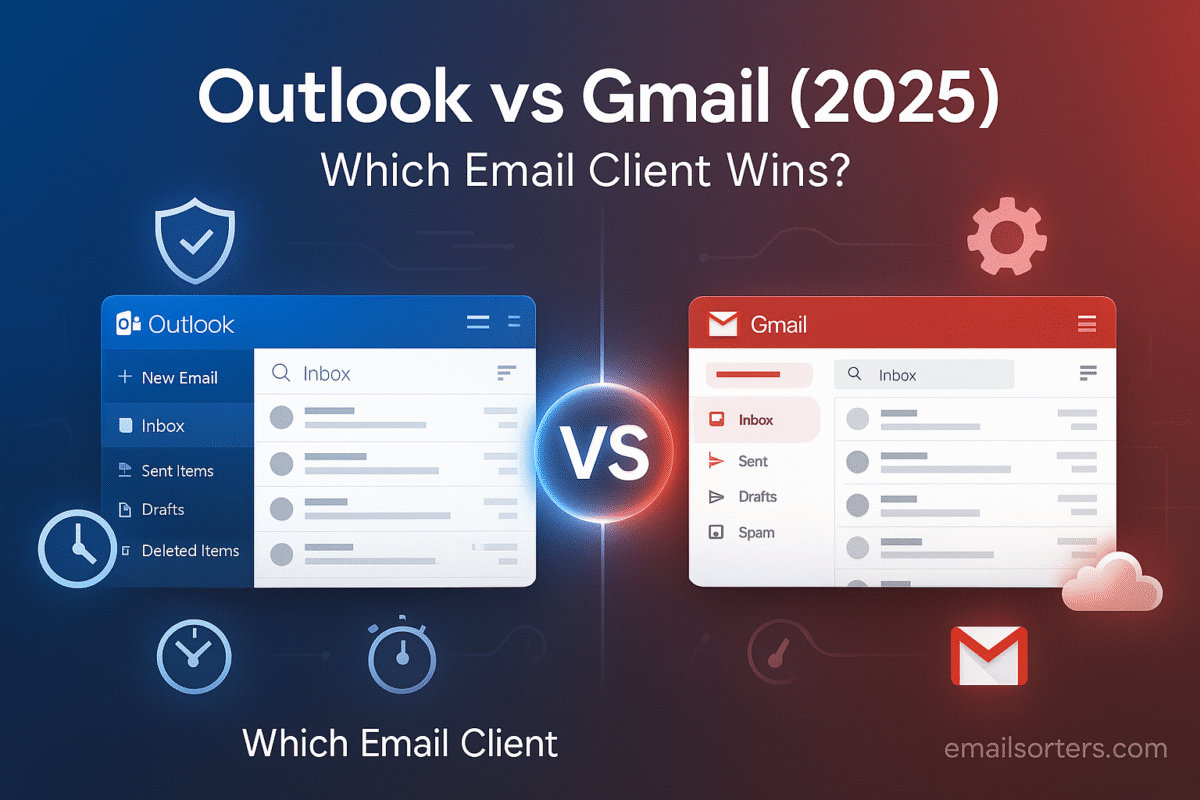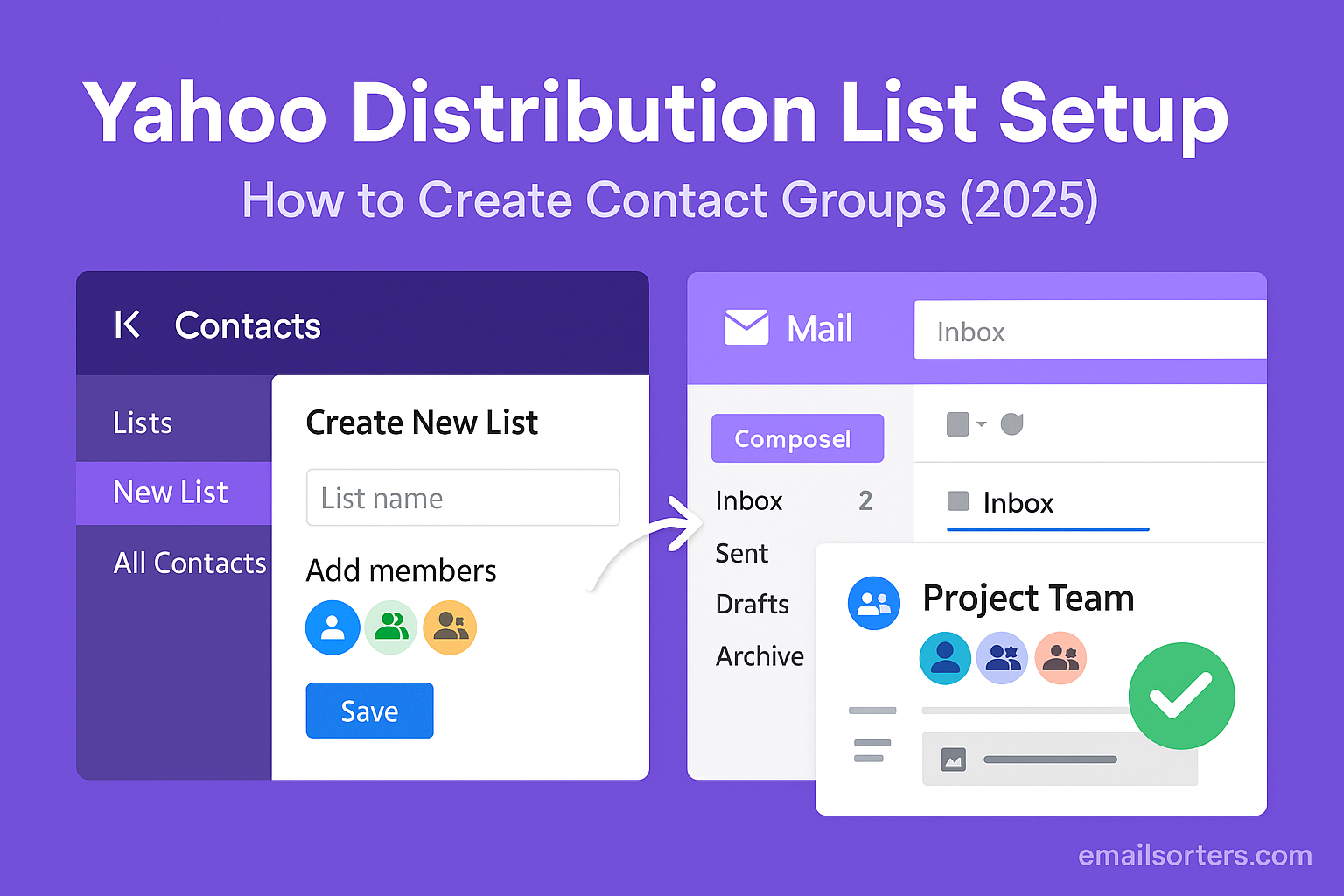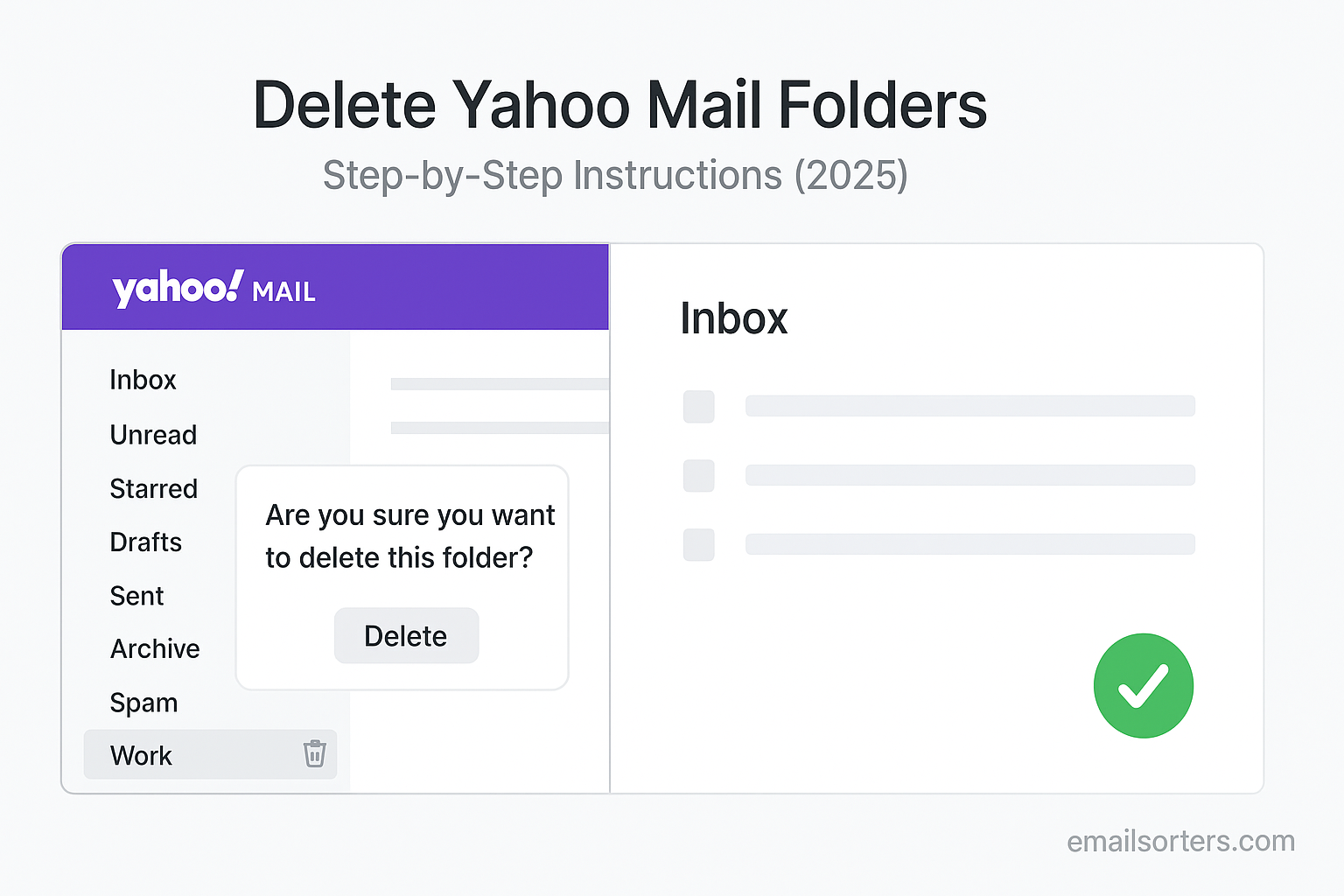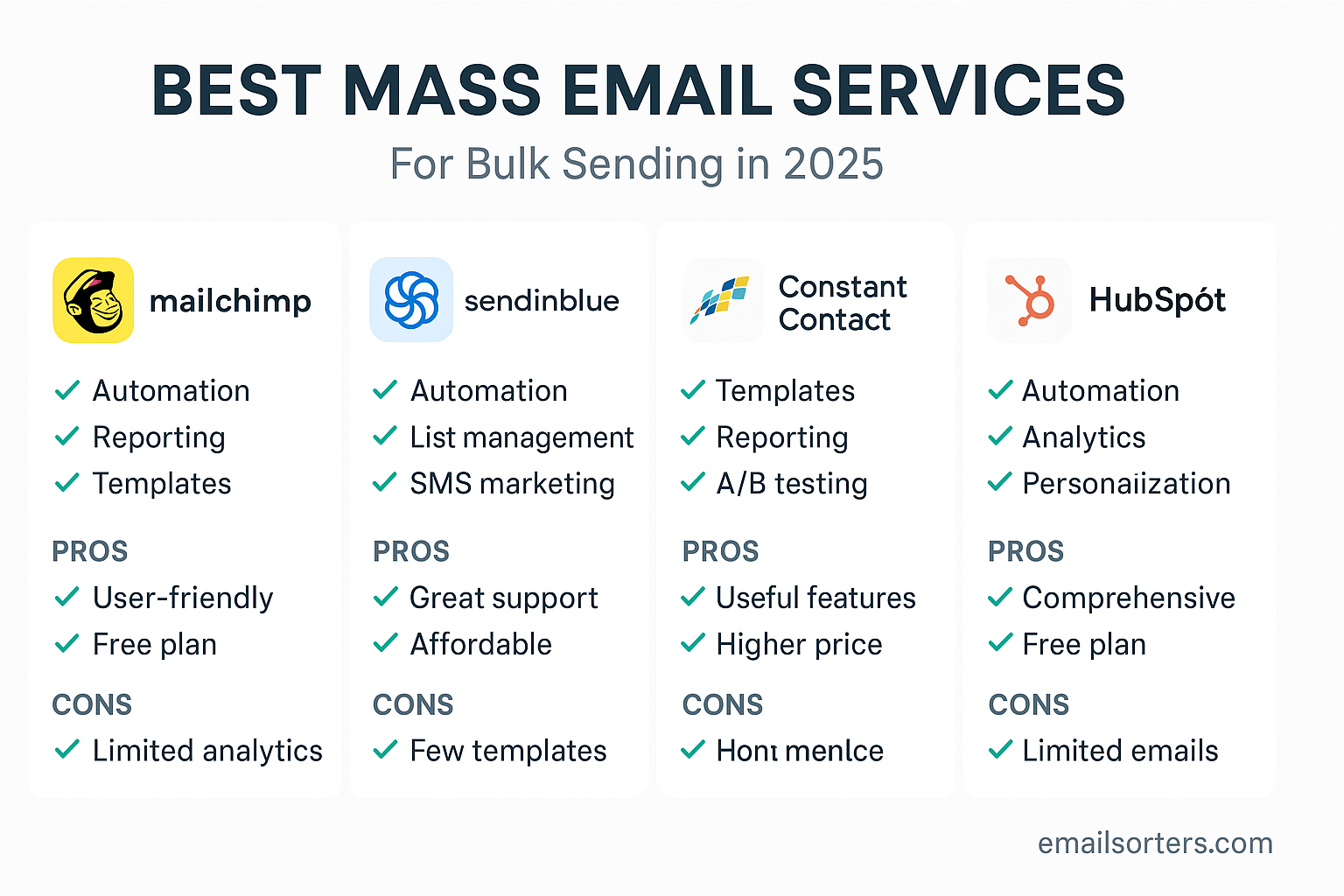There is no single winner in the contest between Outlook vs Gmail. The best choice depends entirely on a user’s needs. Outlook is often better for users deeply integrated into the Microsoft ecosystem who need the advanced features of a desktop client. Gmail is typically better for users who prioritize a fast, web-based experience with powerful search and AI-driven features.
This 2025 guide provides a deep and detailed comparison of every aspect of these two email giants. We will explore their features, storage, security, and the powerful productivity ecosystems that surround them to help you decide which platform is the right choice for you.
The Core Difference: Two Opposite Philosophies
To understand the differences between Outlook and Gmail, you must first look at their origins. They were created with two completely different goals in mind, which has shaped everything about how they work today.
Outlook’s Origin: The Digital Filing Cabinet
Microsoft Outlook began its life as a powerful desktop software program. It was designed to be a complete personal information manager for the business world. Its purpose was to handle not just email, but also calendars, contacts, and tasks in one place. This background gives Outlook its core philosophy: it is a digital filing cabinet. It provides users with an immense amount of control, with powerful tools like folders and rules to let them manually organize and manage their information with great precision.
Gmail’s Origin: The Searchable Database
Gmail was born on the web with a revolutionary idea from a search company. The philosophy was that search is better than sorting. Instead of giving users complex tools to file everything away, Google gave them a huge amount of storage and a powerful search bar. The idea was to let users keep everything and trust that they could find any message in seconds. This philosophy is centered on speed, simplicity, and letting smart algorithms handle the organization.
The User Interface: Control vs. Simplicity
The different philosophies are most obvious in the user interfaces. One is packed with tools, while the other is clean and minimalist.
Outlook’s Customizable, Feature-Rich Interface
The classic Outlook desktop application is famous for its Ribbon interface at the top. This is a dense toolbar packed with dozens of buttons and options, giving power users immediate access to a vast array of features without needing to click through menus. This design is highly customizable and appeals to users who want granular control over every aspect of their email experience.
Gmail’s Clean, Minimalist Web Interface
Gmail’s web interface takes the opposite approach. It has a clean, modern look with very few buttons visible. It prioritizes the content of the emails, keeping the screen as uncluttered as possible. Most of its advanced features are hidden behind menus. This design is built for speed and simplicity, appealing to users who want a fast and straightforward experience without being overwhelmed by options.
Organization: Folders and Rules vs. Labels and AI
How you organize your inbox is one of the most significant differences between the two platforms.
How Outlook Organizes Mail
Outlook uses a traditional and familiar folder-based system. An email can exist in only one folder at a time, just like a physical document in a filing cabinet. Its true power comes from Rules. Users can create highly detailed, multi-step rules that automatically process incoming mail. For example, a rule can identify an email from a specific client, mark it as important, play a sound, and move it to a specific project folder, all before the user even sees it.
How Gmail Organizes Mail
Gmail uses a more flexible system called Labels. Unlike a folder, a single email can have multiple labels applied to it, much like tags on a blog post. This allows for more complex, cross-categorical organization. Gmail’s main organizational feature, however, is its AI. The tabbed inbox automatically sorts incoming mail into categories like Primary, Social, and Promotions, keeping the main inbox clean without any user effort.
Storage: A Look at the Free Offerings
Both services provide a generous amount of free storage, but how that storage is allocated is a key difference.
Outlook’s 15 GB of Free Storage
A free Outlook.com account comes with 15 GB of dedicated mailbox storage. This storage is used only for your emails and their attachments. In addition to this, users also get 5 GB of separate OneDrive storage for files.
Gmail’s 15 GB of Pooled Storage
A free Gmail account also comes with 15 GB of storage. However, this storage is pooled across your entire Google Account. This means the 15 GB is shared between your emails in Gmail, your files in Google Drive, and your photos and videos in Google Photos. For users who heavily use the entire Google ecosystem, this pooled storage can be used up much more quickly.
The Full Ecosystem: Microsoft 365 vs. Google Workspace
An email account today is more than just an inbox; it is the entry point to a full suite of productivity tools. This is where the battle of the ecosystems takes place.
The Microsoft 365 Powerhouse
Outlook is the communication hub for the Microsoft 365 suite. This is a collection of mature, powerful, and feature-rich desktop applications that are the standard in most corporate environments. The integration is deep and seamless. You can view and edit Word, Excel, and PowerPoint documents directly within Outlook. You can save any attachment directly to OneDrive. And you can schedule a Teams meeting directly from your Outlook calendar.
The Collaborative Google Workspace
Gmail is the core of Google Workspace. This is a suite of web-native, cloud-first applications designed for real-time collaboration. The integration is equally powerful. You can save attachments to Google Drive with a single click. You can collaborate on Google Docs and Sheets in real time. And you can start a Google Meet video call directly from your inbox. The key difference is Google’s focus on a purely browser-based and collaborative workflow.
Head-to-Head Feature Comparison
When you look at the core functions, both platforms are excellent, but they have different strengths.
Calendar: Scheduling and Meetings
Both Outlook Calendar and Google Calendar are powerful scheduling tools. Outlook’s Scheduling Assistant is particularly strong in a corporate environment for finding meeting times among colleagues. Google Calendar is known for its simple, clean interface and its ease of sharing personal calendars with others.
Contact Management: People vs. Contacts
Outlook’s “People” hub provides a very rich view of a contact, integrating their information with past conversations and social media profiles. Google Contacts is simpler but offers perfect, seamless syncing with the Android mobile operating system.
AI and Smart Features
This is an area where Gmail has historically had an edge. Features like Smart Compose, which suggests entire sentences as you type, and Smart Reply, which offers one-click responses, are powered by Google’s industry-leading AI. Microsoft has been catching up quickly, however, with similar features like “Text Predictions” and “Suggested Replies” in Outlook.
The Privacy and Security Angle
Both platforms are run by two of the biggest technology companies in the world and are very secure. However, their approach to data privacy is different.
How Both Platforms Protect You
Both Gmail and Outlook offer robust security features. They have powerful spam and phishing filters, and both strongly support two-step verification to protect your account from unauthorized access.
The Data Privacy Distinction
The main difference comes from their business models. Google’s primary business is advertising. For its free consumer products, it uses your data to personalize your experience and show you relevant ads. Microsoft’s business is more focused on enterprise software and subscriptions. While they also have an advertising division, their data collection practices for Outlook.com are generally considered less extensive. For users who prioritize privacy above all else, a service like the one in our ProtonMail vs Gmail comparison may be a better fit.
Gmail in the Wider Competitive Field
The choice between Outlook and Gmail exists within a larger market of email providers.
The Battle for the Consumer
While Outlook is a corporate giant, Gmail often has the edge in the consumer space. Our guide on Ymail vs Gmail explores how Gmail stacks up against another major consumer-focused provider.
The Ecosystem Showdown
The modern email decision is often a choice between ecosystems. The battle between Microsoft and Google is mirrored by the rivalry between Google and Apple. Our Gmail vs iCloud guide compares these two tightly integrated platforms.
A Look at Other Options
It is also helpful to see how these two giants compare to other long-standing services. A look at an AOL Mail overview or a Yahoo Mail overview provides context on how the whole market has evolved.
The Final Verdict: Which One is Right for You?
There is no single winner in this battle. The best email service is the one that best fits your workflow, your technology, and your personal preferences.
A Simple Guide to Your Choice
This list can help you make a clear decision based on your own needs and priorities.
- Choose Outlook if: You work in a corporate environment that already uses Microsoft 365. You need the power and advanced features of a desktop email application, such as complex rules and offline access. You prefer a traditional, folder-based system for organizing your mail. You rely heavily on desktop applications like Word, Excel, and Teams.
- Choose Gmail if: You want a fast, simple, and powerful web-based email experience above all else. You value having the best-in-class search capabilities to find any email instantly. You rely on cloud-native, collaborative tools like Google Docs and Sheets. You access your email on a wide variety of devices, especially Android phones.
Managing Your Chosen Inbox
No matter which platform you choose, every inbox is at risk of becoming cluttered and disorganized.
The Universal Problem of Clutter
The high volume of daily email can overwhelm any user on any platform. Keeping your inbox clean is essential for productivity and for reducing stress.
Using Third-Party Tools for Organization
For users who need help managing this digital overload, third-party services can provide powerful automation. Tools from companies like Clean Email, for example, are designed to work with both Outlook and Gmail. They can help users bulk-delete, unsubscribe, and organize thousands of emails more efficiently than the native tools allow.
Frequently Asked Questions (FAQ)
Here are detailed answers to some of the most common questions users have when comparing Outlook and Gmail.
1. Which one is better for business?
Historically, Outlook has been the undisputed standard for large enterprises, primarily due to its powerful desktop client and deep integration with the Microsoft Office suite. However, in the modern era, Google Workspace (with Gmail) has become the preferred choice for many startups, small businesses, and remote-first companies. This is due to its superior real-time collaboration features in Google Docs and Sheets. The answer in 2025 is that both are excellent for business, but they cater to different work styles.
2. Can I use a Gmail account in the Outlook desktop app?
Yes, absolutely. This is a key advantage of Outlook. The Outlook desktop application is a powerful email client, which means it can connect to and manage email from almost any provider. You can easily add your Gmail account to the Outlook app. This allows you to get the best of both worlds: the excellent provider services of Gmail with the powerful, feature-rich management tools of the Outlook desktop client.
3. What is the biggest difference in how they organize emails?
The biggest organizational difference is Folders vs. Labels. Outlook uses a traditional folder system, where an email can only be in one folder at a time. This is a rigid but familiar system for many. Gmail uses a more flexible label system, where an email can have multiple labels applied to it, acting more like tags. This allows for more complex, cross-categorical organization. Neither system is better; it is a matter of personal preference.
4. Which service has better mobile apps?
Both Outlook and Gmail have top-tier mobile apps for iOS and Android. The Gmail app is known for being a fast and streamlined version of its web experience. The Outlook mobile app is highly praised for its excellent “Focused Inbox” feature and its brilliant integration of both email and calendar into a single, easy-to-use interface. Both are fantastic, and the “better” app often comes down to personal taste.
5. What is the “New Outlook” and how does it compare to Gmail?
The “New Outlook for Windows” is a modern, web-based application that Microsoft is positioning as the future replacement for the classic desktop app. In its “New” form, Outlook is a much more direct competitor to Gmail’s web interface. It offers a cleaner, simpler, and more modern look than the classic desktop app, though it currently has fewer of the advanced, power-user features.




